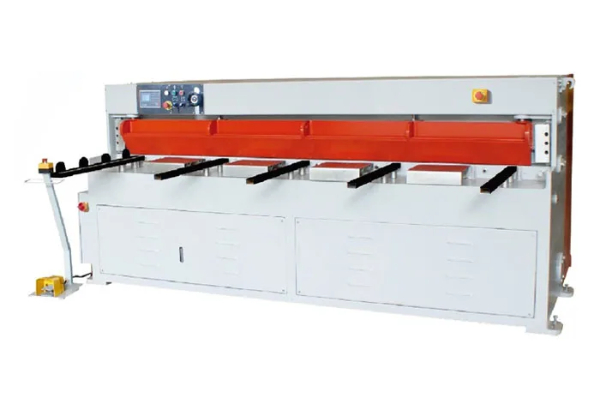
Tips for Troubleshooting Metal Bending Machine Issues
- By:Metmac
- 2024-08-26
- 178
Metal bending machines are essential tools for fabricating a wide range of metal products. However, even the most reliable machines can experience issues from time to time. When these problems arise, it’s important to know how to troubleshoot them quickly and effectively to minimize downtime and maintain productivity.
Common Issues and Solutions
1. Machine not bending accurately:
– Check the alignment of the bending dies.
– Inspect the material for any defects or irregularities.
– Calibrate the machine according to the manufacturer’s instructions.
2. Metal cracking or tearing during bending:
– Use a sharp bending die that matches the thickness of the material.
– Preheat the material to soften it before bending.
– Reduce the bending speed or apply a larger radius on the bend.
3. Machine overheating:
– Check for clogged oil filters or insufficient lubrication.
– Ensure the machine is well-ventilated to dissipate heat.
– Reduce the bending load or increase the cycle time.
4. Hydraulic leaks:
– Inspect the hydraulic lines and fittings for any damage or loose connections.
– Tighten the connections and replace any damaged components.
– Use a sealant to prevent future leaks.
5. Electrical faults:
– Check the power supply and ensure the machine is properly grounded.
– Inspect the electrical wiring for any shorts or loose connections.
– Consult with a qualified electrician to diagnose and repair any electrical issues.
Advanced Troubleshooting Techniques
In addition to these common issues, metal bending machines can also experience more complex problems. These issues may require specialized tools and knowledge to diagnose and repair.
1. Hydraulic pressure fluctuations:
– Use a pressure gauge to monitor the hydraulic pressure during operation.
– Check the hydraulic pump and its components for any wear or damage.
– Adjust the pressure relief valve to maintain the correct operating pressure.
2. Bending angle deviation:
– Calibrate the machine using a precision angle gauge.
– Inspect the bending dies for any nicks or burrs that could affect the angle.
– Use a punch and die set with the correct radius for the desired bending angle.
3. Machine vibrations:
– Check the machine’s foundation and ensure it is level and secure.
– Balance the moving parts of the machine to reduce vibrations.
– Install vibration dampeners to minimize the impact on the surrounding environment.
By following these troubleshooting tips, you can quickly identify and resolve issues with metal bending machines, maximizing productivity and ensuring the smooth operation of your fabrication facility.
-
Advanced Sheet Metal Rolling, Cutting, and Folding Machines for Efficient Fabrication
2025/10/22 -
High-Precision Sheet Metal Bending and Cutting Solutions for Modern Manufacturing
2025/10/22 -
High-Precision Solutions from Leading Sheet Metal Cutting Machine Manufacturers
2025/09/11 -
Reliable Sheet Metal Equipment for Sale to Support Precision Fabrication
2025/07/17
-
Advanced Sheet Metal Rolling, Laser Cutting, and Folding Machines for Precision Fabrication
2025/10/31 -
High-Performance Sheet Metal Bending and Cutting Machines for Modern Fabrication
2025/10/31 -
High-Quality Sheet Metal Equipment for Sale: Efficient Solutions for Modern Manufacturing
2025/10/31 -
High-Performance Sheet Metal Equipment for Sale: Forming and Shearing Solutions for Modern Fabrication
2025/10/22
-
Latest Technological Advancements in Rectangular Duct Machines
2024/05/11 -
Integrating Automation with Rectangular Duct Machines for Enhanced Productivity
2024/05/11 -
Metal Shear Machines- Essential Tools for Precision Metal Cutting
2024/05/11 -
Understanding the Role and Function of Steel Strip Slitting Machines
2024/05/11
-
A Guide to the Latest Innovations in Sheet Metal Folding Machines
2024/11/29 -
Key Features to Consider When Investing in a Sheet Metal Folding Machine
2024/11/28 -
Enhancing Precision with Advanced Sheet Metal Folding Machines
2024/11/27 -
How to Choose the Right Sheet Metal Folding Machine for Your Workshop
2024/11/26






